If you have ever been stuck on the side of the road with a flat tire, you understand how helpful a reliable spare tire can be in an emergency.
Spare tires are great for temporary use to regain road mobility. But you should not drive over the 50 MPH limit with a spare tire or else you could experience a blowout. Spare tires also should not be driven farther than 70 miles or they could wear too quickly and lead to another flat.
Once you start driving on a spare, you will notice a significant difference in vehicle performance and capabilities based on the unbalanced feel of your vehicle. The objective of a flat is to support your vehicle, but creating an imbalance with other tires can cause damage if you use a spare for a long time. For this reason, we always recommend getting your flat tire repaired as soon as possible.
As industry experts, our team understands the risks a spare tire can present when overused with a vehicle. This is especially true for trucks and larger vehicles that require more sidewall support from their tires. In this guide, you will learn everything about how far and fast you can drive on a spare tire.
The modern-day spare tire is a necessity in any car owner's arsenal of tools. A spare is typically used in the event of a flat tire, but someone who has one around can also use it to carry extra air for when they are on the road.
A spare tire is typically carried in the trunk of a car and is designed to be used quickly when needed by inflating with an air pump or deflating to fit in the trunk of an automobile.
A spare tire can be used in place of a standard one and can reach up to 50 MPH. But, depending on how it was driven on, the life span of the spare tire will vary.
Most spare tires have a driving distance of up to roughly 70 miles. This number can go a bit higher or lower depending on how it was used.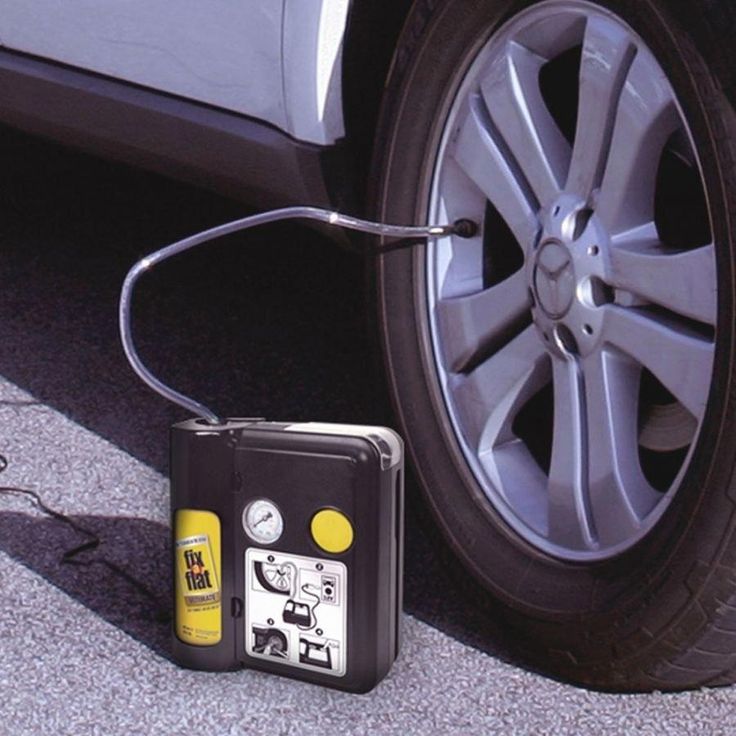 After you hit the 70-mile mark, it is time to change your spare tire as soon as possible.
After you hit the 70-mile mark, it is time to change your spare tire as soon as possible.
It is best to treat a spare tire as a temporary option and make the change right away back to a traditional tire. Spares cause your vehicle to drive unbalanced compared to a regular tire so longer-term usage can lead to vehicle issues.
You can use a spare tire more than once but you should check the tread wear to make sure it is still ok to drive on. And it's also important to get your car serviced so that your car will be in the best shape possible when you do need a spare tire.
Spare tires are a good option for those who need to drive and use the car only occasionally. They can be useful for those who travel a lot and like to do long-distance driving.
When you use a spare tire that has worn down to the point that there is no good tread left to drive on, you need to replace it with a new one. You can still use this tire for other uses after replacing it with a new one, but your chances of getting another ride are not very high.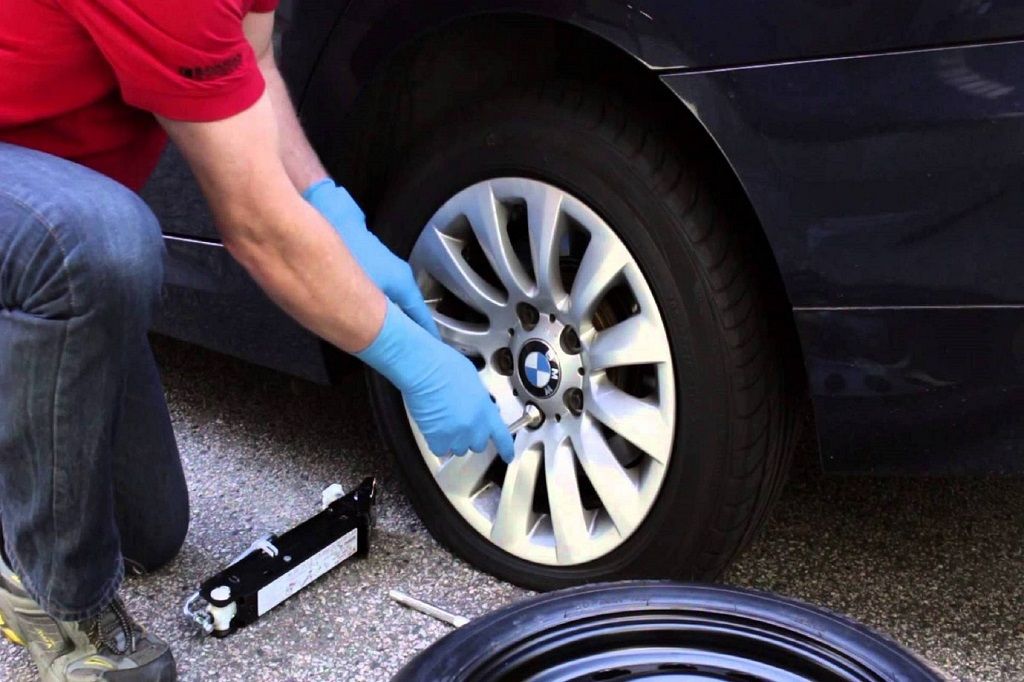
Typically, these spare tires come with indicators on the tire and tread to show you whether they are worn too much to keep driving. It is best to also remember the last time you used it and for how long to help figure out whether or not it can be used again.
If your spare tire fails while on the road, there's a good chance your car will slip out of control and crash. This is why it's important to always have a full set of tires on hand so that there isn't any danger in case something goes wrong.
A spare tire is only intended to be used for a limited time so you must drive slowly on it. Driving too fast may cause the vehicle to blow out, causing damage to your car.
If someone drives too fast on a spare tire, they could cause the vehicle to fail or blow out and cause damage. Driving fast also makes cars more likely to lose control and hit other vehicles or pedestrians on the road.
The risks are even higher with a spare tire than experiencing a blowout on a traditional street tire. Your vehicle is already unbalanced, so a blowout will cause it to lose control much more erratically resulting in a dangerous crash.
Your vehicle is already unbalanced, so a blowout will cause it to lose control much more erratically resulting in a dangerous crash.
When driving on a spare tire, it is best to drive slower than usual based on your vehicle's speedometer reading. Simply keep your speed under 50 MPH to stay safe and avoid any unnecessary risks on the road.
While it is not illegal to drive on the highway with a spare, you should avoid doing so because the average highway speed is above 50 MPH and it will put you at too high of a risk of exceeding this speed limit and putting you and your vehicle at risk.
There may be some highways with lower speed limits and if you can keep the speed low enough, there would not be a problem with driving on the highway. However, the biggest concern is speed.
Highway driving may also indicate you are driving longer distances and this should be avoided at all costs too. It is best to bring your vehicle directly to a repair shop after a flat to get a new tire and have your temporary spare removed.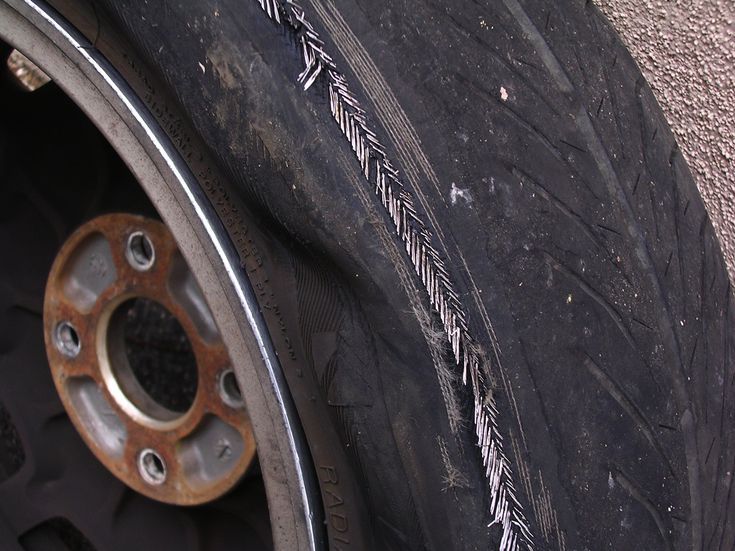
The spare tire can also get damaged or punctured while driving on the highway. The spare does not have a traditional sidewall construction that creates resistance against punctures, so there are plenty of ways you could experience issues on the highway.
A spare tire may come in handy in emergency cases like a flat tire. However, it should be used as a temporary option only because you cannot expect the same vehicle performance as regular tires provide.
So, how fast can you drive on a spare tire? The maximum speed of a spare tire is 50 mph, and you must not drive farther than 70 miles.
Else, it would cause vehicle issues like tire wear, tire blowout, flat tire, or damage to car parts.
Table of Contents
A spare tire is an additional tire carried on the trunk of a car. It can be a full-size spare tire or a donut tire.
It can be a full-size spare tire or a donut tire.
1. With a full-size spare tire
A full size spare tire can be a matching spare tire of your traditional tires. Meaning they have the same size, weight, and perhaps, even brand.
Therefore, they don’t have specific limits, especially on the highway. You might be able to drive more than 70 miles without lowering the speed.
The max speed on spare tire will be 90 miles if you have to stretch a little to reach the destination as soon as possible.
2. With a donut tire
A donut tire, also known as a donut spare, is smaller than regular tires because it was designed to be light, space-saving, and portable. Its primary purpose is to replace a flat tire and bring your vehicle to the nearest repair shop.
Donut spares are small, light, and have minor tread construction than regular tires. Therefore, to be safe, the fastest you can go on a donut spare is 50 mph, and the farthest you can drive is not more than 70 miles.
This limitation makes it unsafe to drive on a donut on the highway.
1. Tire Wear
Donut spares are smaller, lighter, and have little tread, so driving faster than 50mph will cause the wheel to work harder and lead to tire wear quickly.
2. Tire blowout
Since donut tires do not have the significant features of regular tires, exceeding spare tire speed limit will cause the tire to blow out and lose control of the vehicle.
Worst, it may lead to an accident like a car crash, vehicle collision, or hitting pedestrians.
3. Flat Tire
Donut tires are constructed with less resistance to bumps, road hazards, or projectiles. So driving them faster and longer than their service design may put them at risk for another flat tire emergency.
4. Damage to car parts
In general, when donut tires are overused, they cause damage to car parts such as:
Safety and Convenience
Suppose your full-size spare tire matches the current specifications of your regular tires.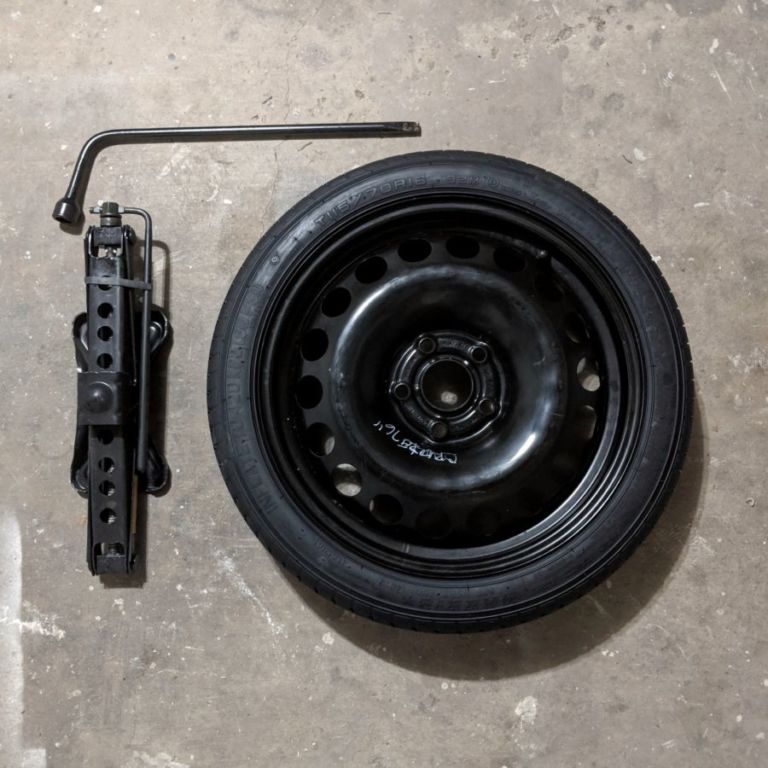 In that case, you can drive safely without worrying about another emergency.
In that case, you can drive safely without worrying about another emergency.
On the other hand, when you drive on a donut, it is advisable to quickly visit the nearest auto repair shop.
Cost
Donut spare tires cost around $50-300, while full-size spare tire may start at $100 or have the same price as your regular tires.
Don’t use the spare tire if you experience a flat tire on one of the driving wheels. Instead, get the replacement from the non-driving wheel.
Replace the tire in the non-driving wheel with the full-size spare tire. As a result, you won’t feel a big difference in ride quality.
If you put a donut tire on a driving wheel, there is a huge shift in handling because it is undersized. It may throw you off the road when you turn or slide when you brake because there is much weight to carry.
If you don’t have a choice but to use the donut tire in front, drive a short distance. Don’t take other risks.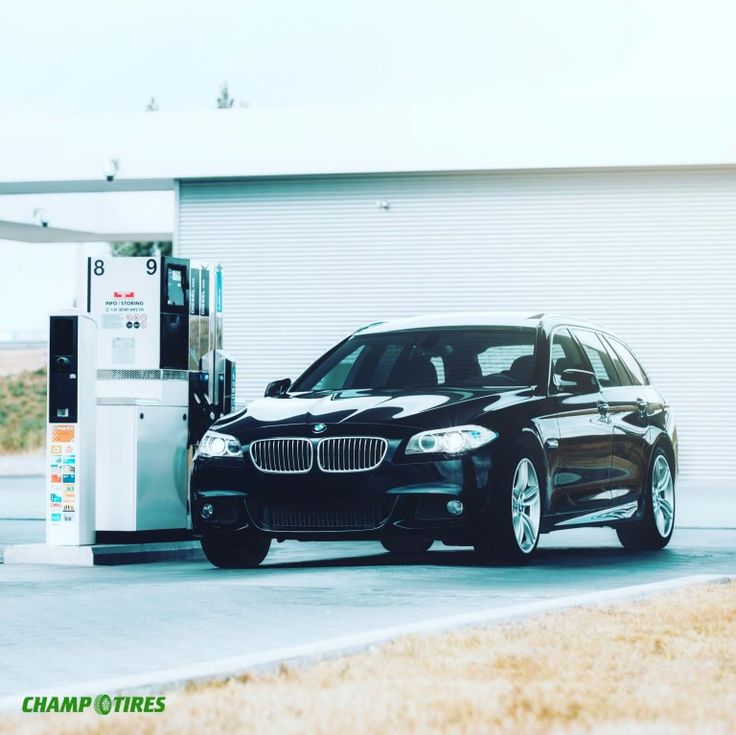 Calling a towing service is a safer option if there’s a long way to go.
Calling a towing service is a safer option if there’s a long way to go.
Driving too fast on a donut spare tire can cause flat tires, tire wear, or tire blowout, leading to loss of vehicle control and road accidents. It may also damage vehicle parts such as the brakes, steering system, suspension, and transmission.
The optimal speed for driving on a donut tire is 50 mph. Reddit users attest that driving more than 70mph is dangerous.
Can I drive a spare tire on the highway?
Indeed, driving on a spare tire on the highway is dangerous because the average speed required is 50mph.
If there is no other way, you might drive on a full-size spare tire and not a donut tire.
Not knowing how fast can you drive on a spare tire is dangerous.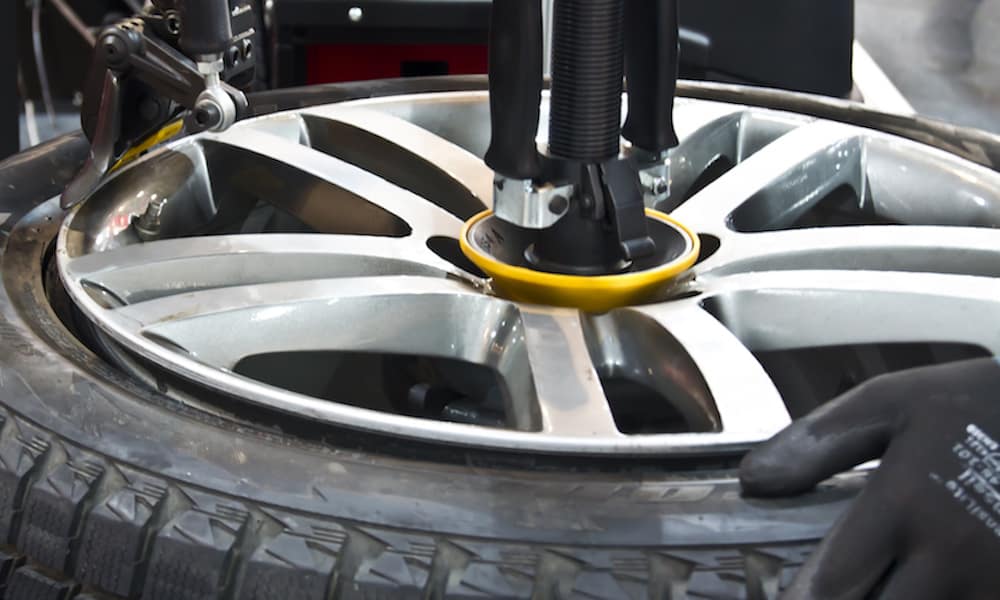
Driving spare tires at more than the recommended speed of 50 mph and mileage of 70 miles will cause more damage to the vehicle, not limited to flat tires or tire blowout. Worst of all, accidents may happen.
Although full-size spare tires are ideal, they are not available for small-sized vehicles. Even if donut spare tires are not for long-term use, they are reliable for short distances.
If you want to know more about fixing flat tires, don’t hesitate to ask some questions.
Spare tires are useful insurance, but most are not designed to replace a flat tire indefinitely.
Not all spare wheels are created equal, and to better understand which spare tire your vehicle is equipped with, please refer to your vehicle owner's manual. Temporary spare tires generally do not have the life expectancy that regular tires do. Unlike a normal car tyre, spare tires can only have one polyester ply in the sidewall and two steel belts with a ply of polyester in the tread, meaning they can't provide half the performance and safety that an average tire can provide.
In this article we will try to describe all types of spare wheels available, and tell you how long you can drive on each of them.
These little spare tires are commonly referred to as donuts or space savers. They are very popular because they are lightweight and do not take up much space in the luggage compartment of your car. Due to the low weight, even a person who is not at all predisposed to physical activity will not find it difficult to lift and install such a spare wheel. By the way, how to do it in the field, without the help of specialists, read here.
However, because the donuts are smaller and lighter, they lack two key features of conventional tires: strength and stability. Most of these spare tires have a speed limit of up to 90 km/h. With such a spare tire, you can expect to cover a distance of 80 km, some of them can cover up to 110 km. This should be enough to find the nearest tire shop and fix the damaged tire, or find a shop where you can buy a brand new tire if the previous one is no longer repairable.
From the above, we can conclude that the donut spare wheel is not recommended for long trips or pulling with its replacement with a normal, standard wheel.
Some car manufacturers fit their vehicles with full size spare tires. They are, of course, heavier than space savers and take up much more space in the trunk, but they are more durable and durable. They are able to last you much longer than donuts. However, these tires may have a different tread pattern or rubber compound than a conventional tire. This can affect overall handling and safety on the road.
Although these tires are more durable, they are primarily designed to get you to your destination before you deal with the tire problem. In addition, do not forget that the place for the spare wheel in the car is empty, and it should be filled as soon as possible before another tire is punctured.
If you do not have a spare tire in your vehicle, then your vehicle may be equipped with run-flat tires. BMW and MINI typically install these tires during production. This type of tire is tougher than other tires and can withstand a puncture and keep going. However, they are also not designed to be ridden forever.
BMW and MINI typically install these tires during production. This type of tire is tougher than other tires and can withstand a puncture and keep going. However, they are also not designed to be ridden forever.
Most run-flat tires recommend replacing as soon as you notice a puncture. As a rule, they are designed for a distance of up to 100 km in a punctured state, then they must be replaced. Compared to regular tyres, running-flat replacements are not cheap. Some craftsmen can patch run-flat tires, but manufacturers do not recommend going down this path.
One of the advantages of these tires is that you can get to the nearest car wheel shop at speeds up to 80 km/h, i.e. almost like a breeze.
Every motorist should remember that any type of spare tire is only there to keep you moving forward and replace a punctured tire as quickly as possible. The spares are a temporary replacement, and s, while full-size spare tires may look exactly like the rest of your car, they don't have the same performance as s and can get you in trouble on the road.
Remember, your car's tires are the only thing that keeps you and your passengers on the road, so you should never speculate on your own safety or the safety of those around you.
Last updated: August 26, 2022 / author Sandeep Bhandari / Fact verified / 3 minutes
The spare tire is usually a smaller tire that is kept in the trunk of your car for use in an emergency. This could be when your tire is flat, burst, or there is some other problem that makes driving difficult.
The spare wheel is not just a tire, but also includes rims so that the tire can be easily fitted to the vehicle. This may be the same size tire as the one on the car, a smaller, limited size tire sometimes referred to as a "donut".
| Spare wheel type | Life expectancy0069 | Up to 10 years | |
| Full size, but not suitable spare | Up to 10 years, but with problems due to imbalance | |
| Compact temporary mini spare (donut) However, only in the short term distances at a time | ||
| Full-size temporary spare | Long enough to get to a safe place and repair the tire .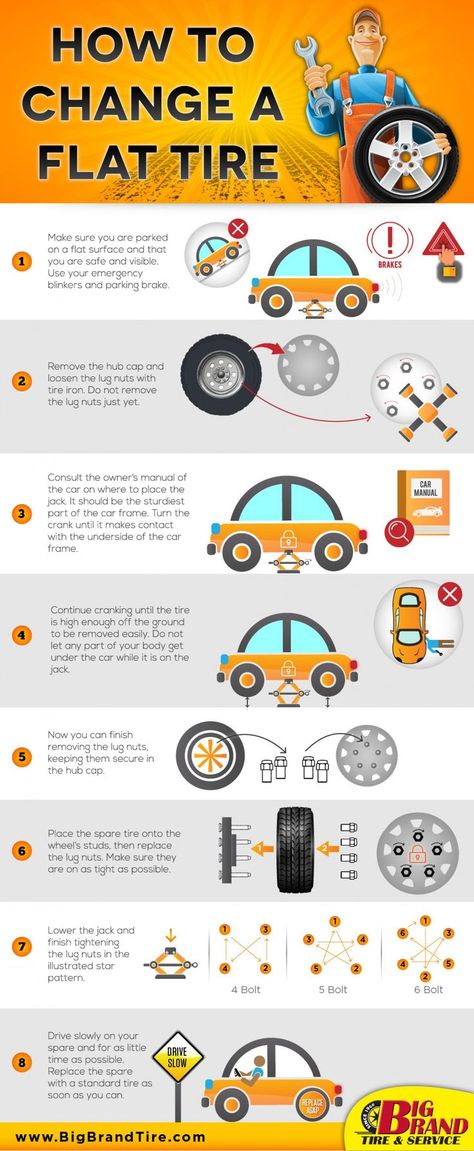 .. but can be reused .. but can be reused | |
| Collapsible temporary spare | Very limited.. must be overpriced | |
| Run tires | 10 to 50 miles after a puncture |